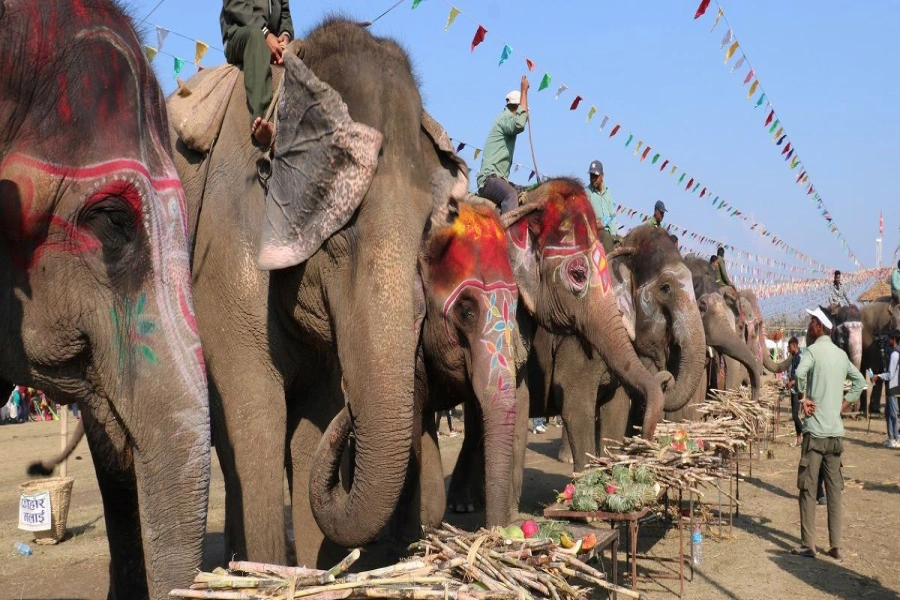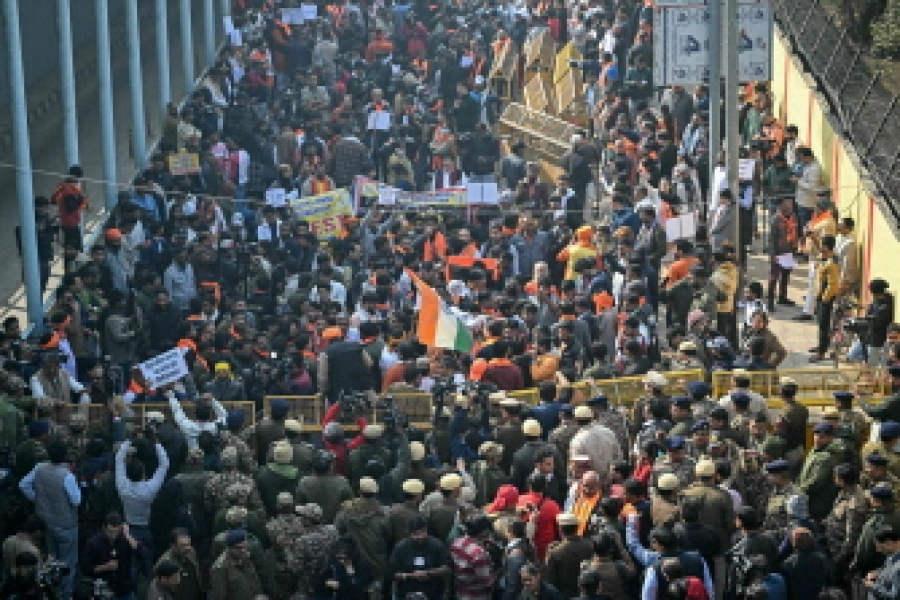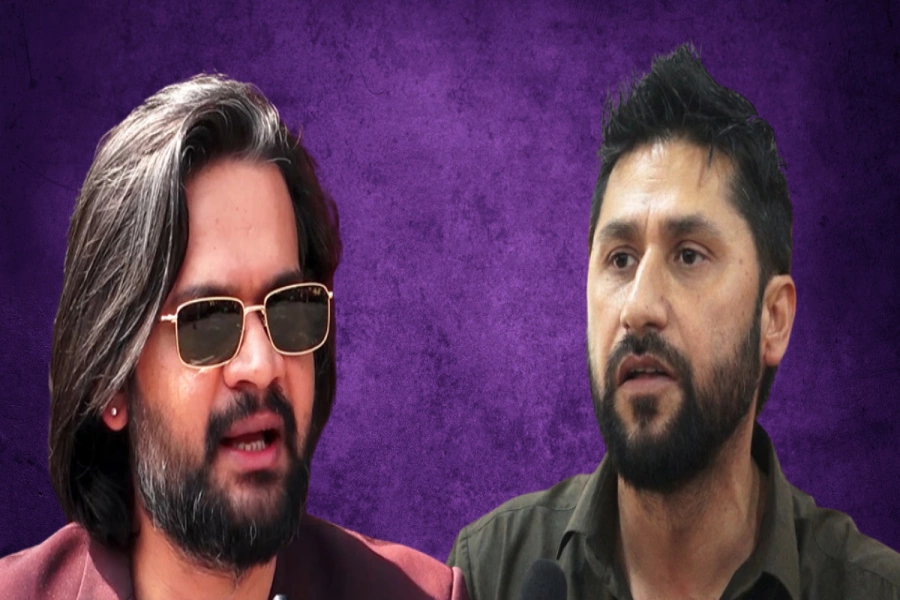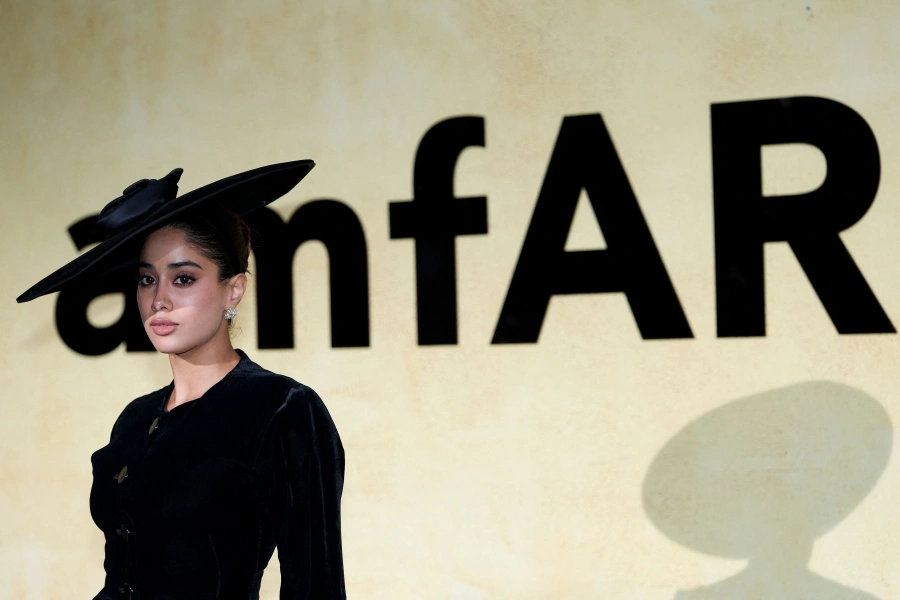Not so when I was a boy. Those were the times Dashain and Tihar were still our undisputed national festivals, joyously celebrated by people in and around the country. The victory of good over evil. Who could have any qualms about celebrating the ultimate justice?[break]
Dashain was when the whole family got together, a rare occasion to meet the relatives you had not seen for the whole year. It meant red tika, playing cards (marriage, call-break), masu (goat, please!), unearned riches (crackling new notes in dakshina), and smiling faces of your loved ones all around.
Tihar was the time for diyo and candles, fireworks (jhirjhire, Jugmug bombs), luscious platters of masala, chocolate and fruits, and one-long saptarangi tika at the hands of doting sisters wishing the lives of their brothers would be as colorful as the rainbow.
Such weavers of illusion that children are! Goethe’s ‘geniuses’ inhabiting a makebelieve world, safely cocooned from life’s harsh realities. But even the well-protected conscience can be rattled once a while.
When I was in school, a question niggled at me everytime we lined up for assembly: Why was our national anthem all about the royal family? Every single day, we lined up out in the hot morning sun to wish for the monarch’s long life. It was a different matter altogether that the wishes of their subjects didn’t seem to be working, as one after another monarch succumbed to early middleage heart attacks. The 2001 royal massacre and the 2006 revolution put paid to the theory of divinity of the royal family and the need for Nepalis to continue to mouth the trope that went for national anthem.

Illustration: Sworup Nhasiju
But old habits die hard. The sidelined monarch continues to play guardian to his most loyal subjects who still feel over the moon if they can receive Dashain tika from the ex-god before breaking out into spontaneous rendition of the old anthem.
Dashain is still widely celebrated, although the enthusiasm has been blunted with nearly half the country’s youth population employed or studying abroad. Remittance keeps the country afloat, and helps the poor dependents back home tide over the annual festive season. But that is little consolation for the old eyes longing for a sight of their longgone sons.My sister has been abroad for nearly seven years now. That is seven consecutive bhai tikas missed. A lot has changed since she left Nepal. I no longer believe in god and constantly find myself questioning the place of Dashain and Tihar in the ranks of the ever-increasing number of officially recognized religious events and national holidays. But every year, as Bhai Tika draws closeer, I start feeling uncomfortable.
The discomfort, I imagine, could be a reflection of my longing for something which I know I cannot have, or a subconscious manifestation of my frustrations with disconcerting changes, and the breakdown of the certainties of the yore.
The smiling faces of lucky brothers with rainbow-colored tika on their foreheads smiling from TV screens and computer monitors still rankles for the hundreds of thousands brothers separated from their doting sisters, scattered around the world from the pollen burst of globalization. (The other day, a middleaged man in a Safa tempo was heard complaining of how he would bitterly miss his sister’s forthcoming Bhai Tika. It appeared the luckless potbellied brother had been ‘posted’ to Mozambique).
And what is with this ban on firecrackers? Growing up, I couldn’t imagine Tihar without crackers. I still can’t. I find it as hard to visualize Tihar without firecrackers as Indians would struggle to comprehend Deepawali without anars and fuljharis. Nor can I reconcile with the sight of thin strings of multicolor-electric lights that have replaced diyo-batti (Deepawali literally means rows of diyos).
Rather than being forced to ‘celebrate’ this watereddown version of Tihar, perhaps our comrades could ban it altogether—dog and cow worship is a scandal in a communist utopia.
Barack Obama, for one, should be all agog this Deepawali. In 2009, he became the first American president to officially celebrate the festival of light in the White House. He celebrated it with equal gusto during his first official visit to India in 2010 that coincided with Deepawali. With the biggest Hindu festival following hot on the heels of his historic election victory, Obama has even more reasons to celebrate this year. The Obamas would be well justified in celebrating the American version of the victory of good over the bad, the triumph of truth over a pack of lies the Republicans cooked up on the campaign trail.
But Obama’s closely fought victory hinted at a deeply divided American society. As the Republicans are already spoiling for fisticuffs on the economy, they and the Democrats surely won’t be celebrating anything together anytime soon; the probability is as unlikely as the immediate prospect of opposing forces in Nepal coming together to avert the country’s own ‘fiscal cliff’ mid-November.
Nepalis across class-caste and geographical lines could someday find a common cause to celebrate; a compromise benefitting Nepalis straddling all kinds of divides emerging from the current churning. Now that would be one heck of a reason to light up Singha Durbar and some solace for the desolate brothers forced to celebrate Tihar by themselves.
Nepal Mask Campaign launches with the slogan 'Let's wear masks,...







































